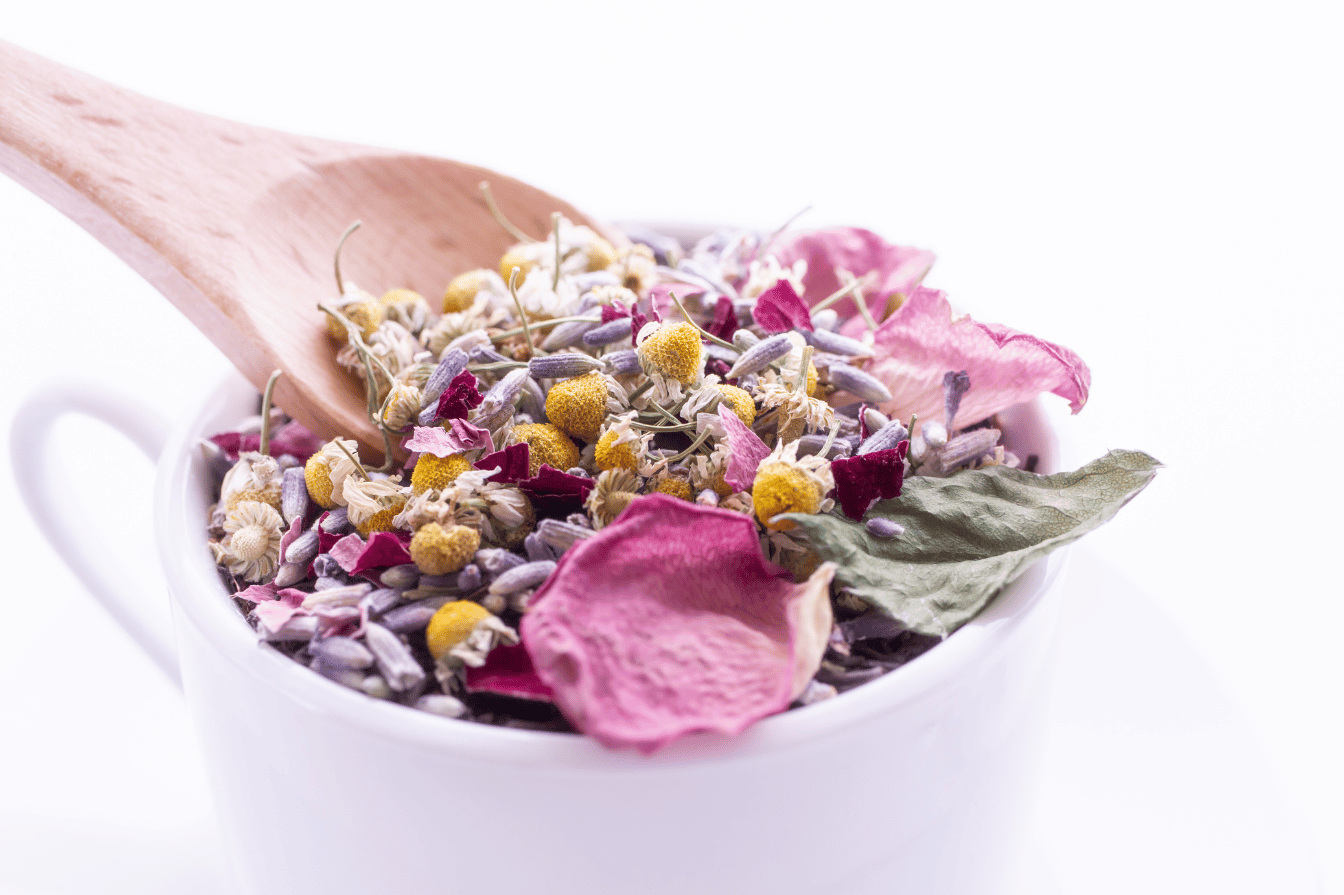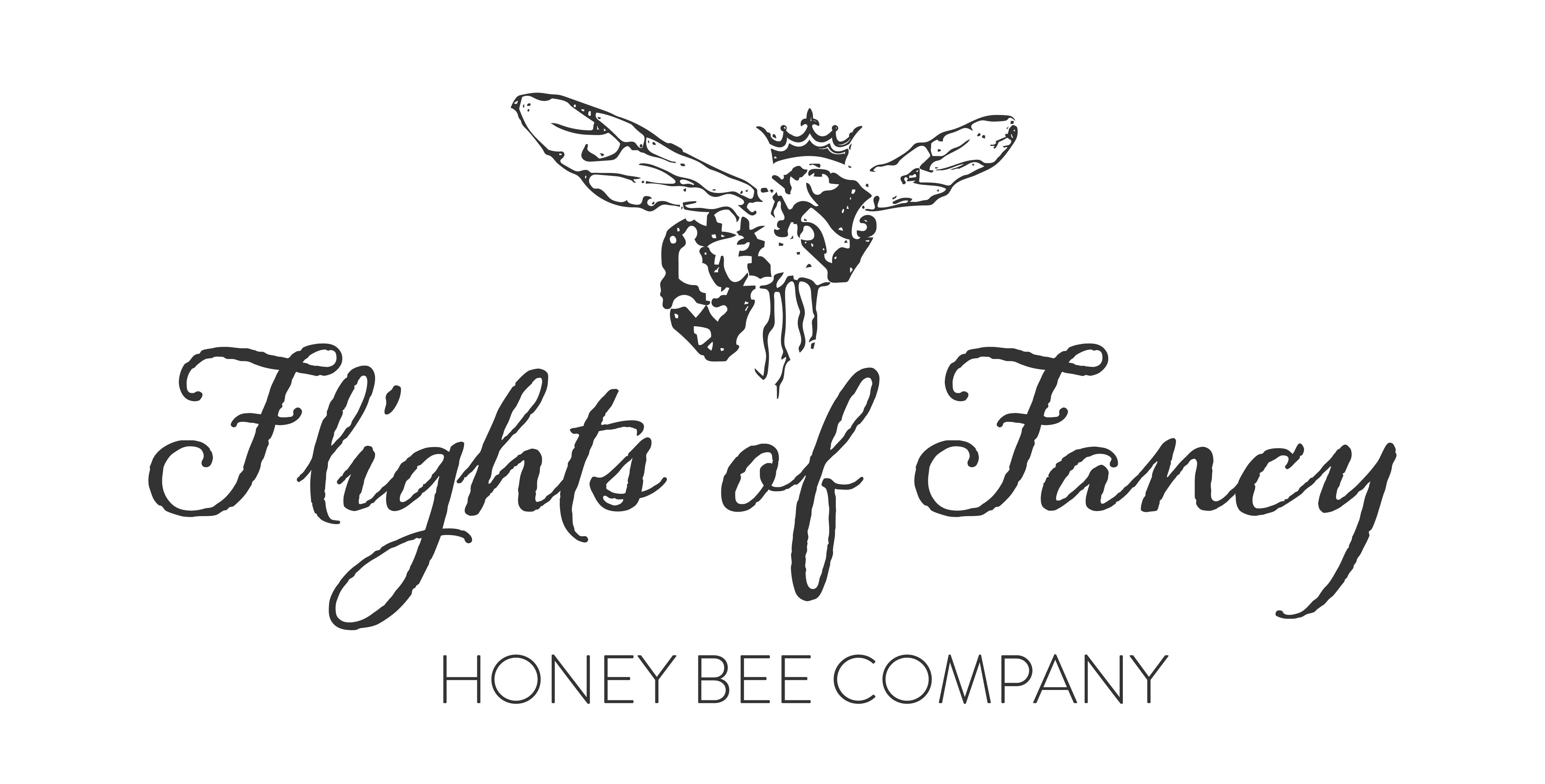Garden to Teapot: Growing Your Own Tea While Helping the Bees

Growing Your Own Tea can be a fun, fulfilling, and joyful summer activity. People all over the world enjoy tea, a beloved beverage. You can also grow a variety of tea plants in your garden to produce fresh tea leaves and make your own tea. However, creating a tea garden not only allows you to grow your own tea, but also provides resources for pollinators such as bees, butterflies, and hummingbirds. In honor of National Tea Day, let’s explore how to create a tea garden that doubles as a pollinator garden.
Growing Your Own Tea: Choosing Your Tea Plants
There are several tea plants that you can grow in your garden, each with its own unique flavor and growing requirements. Here are some popular tea plants to consider:
Camellia Sinensis:
This is the tea plant that is used to make most of the world’s tea, including black tea, green tea, and oolong tea. It prefers a warm, humid climate and well-draining soil. It can be grown in USDA hardiness zones 7-9.
Lemon Balm:
Lemon balm tea has a lemony, slightly sweet flavor. It can grow in USDA hardiness zones 4-9.
Lemon Verbena:
This herb has a lemony flavor and aroma, making it a great addition to tea blends. It prefers a warm, sunny location and well-draining soil. It can be grown in USDA hardiness zones 8-10.
Peppermint:
This herb has a refreshing, minty flavor and aroma. It Peppermint prefers a cool, moist location and well-draining soil. It can be grown in USDA hardiness zones 3-7.
Mint:
Mint: Mint tea has a refreshing, cooling flavor with a hint of sweetness. There are many new varieties that boast unique flavors such as chocolate, or orange, that can add a new twist to dishes as well as your teacup. Mint is a hardy plant that can grow in USDA hardiness zones 3-11.
Bergamot:
Bergamot (Bee Balm) tea has a citrusy, floral flavor with a hint of spice. It is, also known as bee balm, flowers in shades of pink, purple, and red and have a spicy, minty flavor. Bee Balm attracts bees, butterflies, and hummingbirds and can grow in USDA hardiness zones 3-9.
Chamomile:
This herb has a sweet, apple-like flavor and is often used in herbal tea blends. It prefers a sunny location and well-draining soil. It can be grown in USDA hardiness zones 3-9.
Lavender:
This herb has a sweet, floral flavor and aroma, with a slightly earthy taste, making it a great addition to tea blends. It prefers a sunny location and well-draining soil. It can be grown in USDA hardiness zones 5-9.
Rose:
Rose tea is made from the petals of roses and has a delicate, floral flavor with a slight sweetness. Roses come in many different colors and varieties and can attract bees and other pollinators with their fragrant blooms. Roses can grow in a wide range of USDA hardiness zones depending on the variety, from Zone 2 to Zone 11.
Echinacea:
Echinacea tea has a slightly bitter, earthy flavor with a hint of sweetness. It can grow in USDA hardiness zones 3-9.
Sage:
Sage is a versatile herb that is used in teas and culinary applications. Its flowers come in shades of purple, blue, pink, and white and attract bees and butterflies. There are many new varieties that boast unique flavors such as pineapple that can add a new twist to dishes as well as your teacup. Sage can grow in USDA hardiness zones 5-9.
Red Clover:
Red Clover: Red Clover is a sweet and mild tea that has a delicate flavor. Its flowers are pink or purple and attract bees and other pollinators. Red Clover can grow in USDA hardiness zones 3-8.
Calendula:
Calendula tea has a slightly sweet and spicy flavor. It’s flowers come in shades of yellow and orange and attract bees and other pollinators. Calendula can grow in USDA hardiness zones 2-11, depending on the variety.
Catnip:
Catnip: Catnip is an herb that is often used to make a relaxing tea. Its small white or pink flowers attract bees and other pollinators. Catnip can grow in USDA hardiness zones 3-9.
Hibiscus:
Hibiscus: This plant produces a tart, cranberry-like flavor and is often used to make herbal tea blends. It prefers a sunny location and well-draining soil. It can be grown in USDA hardiness zones 9-11, in colder climates you will need to plant in a pot and move indoors during the winter months.
Creating a Pollinator Tea Garden
In addition to growing tea plants, creating a pollinator garden is an important part of creating a tea garden. Pollinators such as bees, butterflies, and hummingbirds are essential for the growth and reproduction of plants. Here are some tips for creating a pollinator garden:
- Choose Native Plants: Local pollinators benefit from using native plants that adapt to the local climate and provide the best resources. Choose plants that are native to your region.
- Provide a Variety of Plants: Different types of plants attract different pollinators. Provide a variety of plants with different shapes, colors, and bloom times to attract a wide range of pollinators.
- Plant in Clumps: Planting in clumps makes it easier for pollinators to find the plants they need. It also allows them to transfer pollen from one plant to another more easily.
- Provide Water: Pollinators need water to drink and to keep cool. Provide a shallow dish of water or a bird bath for them to drink from.
- Avoid Pesticides: Pesticides can be harmful to pollinators. Avoid using pesticides in your garden and choose natural methods of pest control and fertilizer instead.
Maintaining Your Tea Garden
Once you’ve chosen your tea plants and are growing your own tea, it’s important to maintain your tea garden to ensure the health of your plants and the pollinators that visit them. Here are some tips for maintaining your tea garden:
- Watering: Tea plants require consistent moisture, but they dislike being overwatered. Water your plants deeply once or twice a week, depending on the weather and soil moisture. Be sure to water at the base of the plant, not on the leaves, to prevent fungal diseases.
- Fertilization: Tea plants are heavy feeders and require regular fertilization. Use a slow-release, organic fertilizer, such as compost or well-rotted manure, in the spring and fall.
- Pruning: Pruning is essential for maintaining the health and shape of your tea plants. Prune in the early spring to remove any dead or damaged branches, and to shape the plant as desired.
- Harvesting: Harvesting tea leaves is a delicate process that requires careful timing and attention to detail. When harvesting Camellia sinensis, farmers pick the top two or three leaves and the bud when they are young and tender. For herbal teas, harvest leaves, and flowers when they are at their peak flavor and aroma.
- Pest Control: Insects and other pests can damage your tea plants and pollinator garden. Use natural pest control methods, such as companion planting and hand-picking pests, to keep your plants healthy.
Enjoying Your Tea Garden
After you have established and nurtured your tea garden successfully, you can relish the fruits of your labor. Here are some tips for enjoying your tea garden:
- Making Tea: Use fresh or dried tea leaves and herbs to make your own tea blends. Experiment with different combinations to find your favorite flavor profile.
- Sharing Tea: Share your tea with friends and family. Host a tea party in your garden and enjoy the beauty and fragrance of your tea plants.
- Supporting Pollinators: Watch and learn from the pollinators that visit your garden. Take steps to support their populations by providing habitat, water, and natural food sources.
Growing Your Own Tea
Creating a tea garden that doubles as a pollinator garden is a wonderful way to enjoy fresh tea and support local pollinators. Choose your tea plants based on your growing conditions and flavor preferences, and create a pollinator garden to attract a wide range of pollinators. Maintain your tea garden with regular watering, fertilizing, pruning, and pest control, and enjoy the beauty and fragrance of your plants. Happy National Tea Day!
Found this post helpful? Check out the rest of the series here: Tea and Pollinator Gardens
Ready to give micro-batch honey a try? I’ve got just the Ontario honey for you, made by my bees and extracted in micro-batches by me, all in beautiful Loretto, On!
Save 10% off of your honey for this recipe with discount code: HONEY10
About The Author
wilding.stephanie
Related Posts
7 Heavenly Honey and Tea Combinations to Try on National Tea Day
Looking for a way to celebrate National Tea Day? Check out our blog post featuring…
April 8, 2023The Power of White Clover: How This Humble Plant Can Benefit Pollinators and Your Soil
The Power of White Clover: How This Humble Plant Can Benefit Pollinators and Your Soil…
March 27, 2023Error: API requests are being delayed for this account. New posts will not be retrieved.
There may be an issue with the Instagram access token that you are using. Your server might also be unable to connect to Instagram at this time.



